How Farmers Can Turn Spoiled Crops Into Profit With Solar Dryers
For decades, Indian farmers have fought a losing battle against one of agriculture’s oldest enemies: spoilage. Perishable produce like turmeric, hibiscus, chillies, and herbs often wilts before it reaches the market. Rain ruins harvests. Open-sun drying invites dust, pests, and sudden storms. Storage is patchy, transport is unreliable, and profits are lost before they begin.
This is where a quiet, sun-powered revolution is taking root. Across rural India, small-scale solar dryers, essentially simple greenhouse-like structures, are turning this story around. These are off-grid, low-cost, and don’t require electricity. They use passive solar energy to dry crops quickly, hygienically, and efficiently. From butterfly pea flowers to turmeric slices, farmers are preserving their harvests and extending shelf life without chemicals or machines. And it’s happening just in time.
Why the shift matters now
It’s a timely shift. India’s dried flower and produce export market already stands at an estimated Rs 100 crore annually, with buyers lining up for solar-dried teas, herbs, florals, and more in the United States, Europe, Japan, and the Middle East.
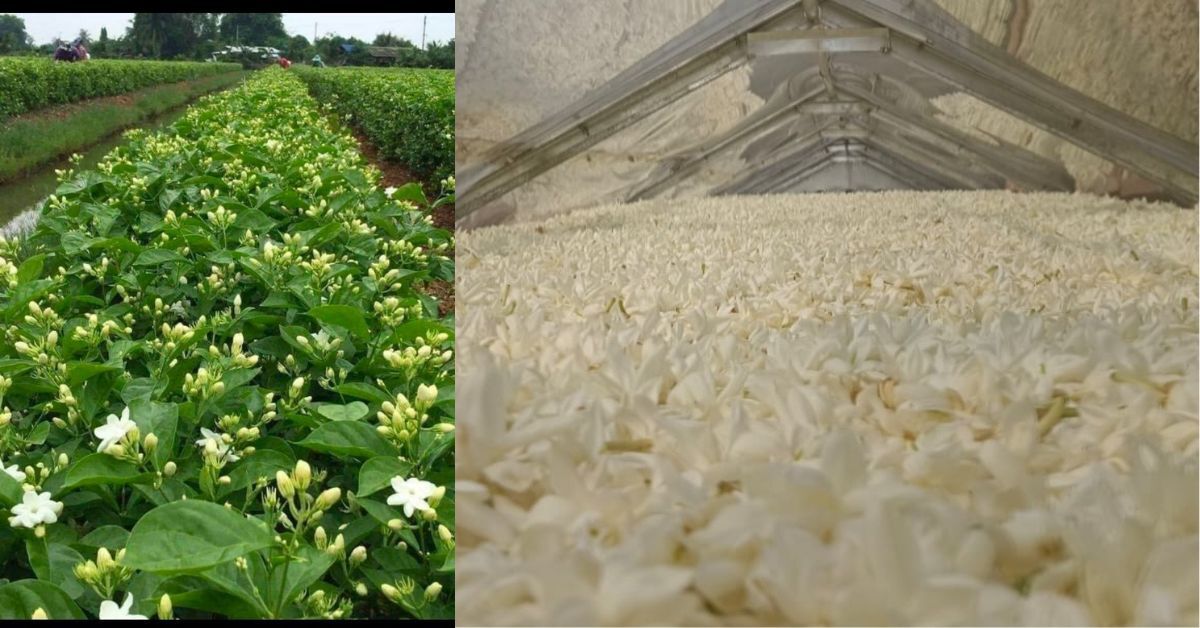 Once wasted in mandis, dried herbs and flowers now ship to the US, Europe, Japan & the Middle East.
Once wasted in mandis, dried herbs and flowers now ship to the US, Europe, Japan & the Middle East.
Products that once wilted in mandis are now being sealed, labelled, and shipped globally.. With minimal investment, farmers are replacing low-margin staples like wheat and rice with value-rich crops like butterfly pea, chamomile, and tulsi.
For many, it means not just reducing waste but reclaiming control over their produce, earnings, and time. It’s sustainable, scalable, and most importantly, farmer-first.
How to embrace solar drying
Here we break it down how farmers can tap into this alternative market to not only diversify in what they are growing, but also, how to get loans and help from the resources when planning on such a business.
1. Understand the market demand
Solar-dried products like flowers, chillies, herbs, and fruits have rising demand in domestic and export markets as raw materials for teas, spices, cosmetics, and decor. India currently exports over 500 varieties to over 20 countries. Paired with increasing e-commerce, this creates stable revenue streams for producers .
To do: List viable crops in your region, research end-markets, and forecast demand before diving in.
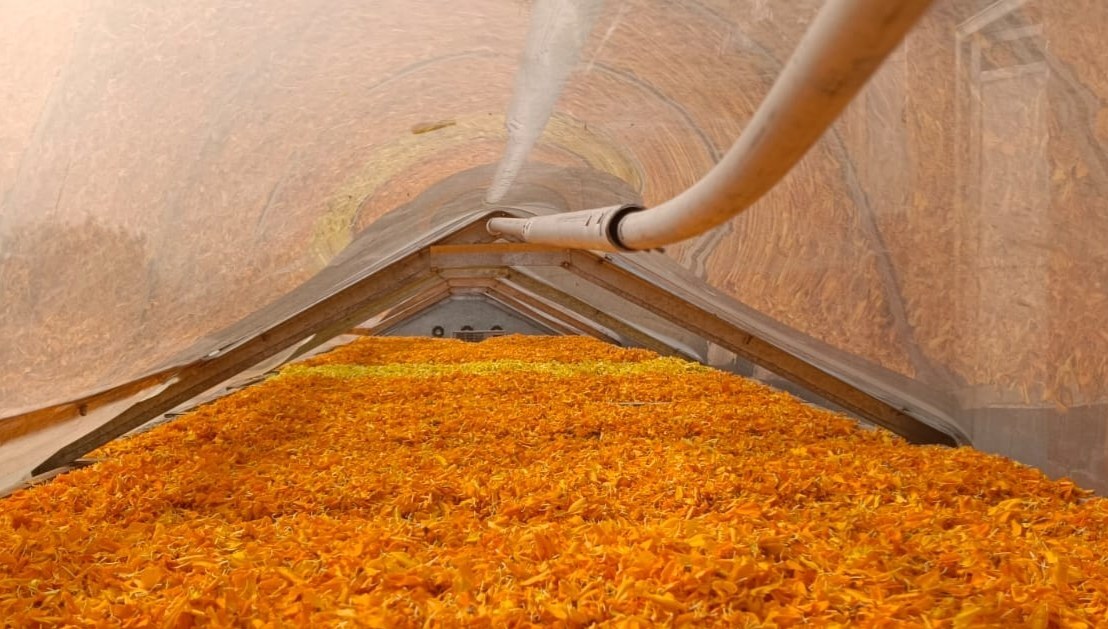 India exports 500+ dried crop varieties — from hibiscus to herbs — to over 20 countries worldwide.
India exports 500+ dried crop varieties — from hibiscus to herbs — to over 20 countries worldwide.
2. Evaluate crop viability vs. traditional farming
Traditional crops like wheat and paddy demand heavy input costs and their yield fluctuates. In contrast, flowers and herbs require less land, less water, and offer multiple harvests per season. Solar drying adds value and extends shelf life—critical factors missing in fresh-produce models.
To do: Begin with a cropped plot under one acre. Ask: Is yield per litre of water and profit per hectare better than staple crops?
3. Set up your solar dryer
A polyhouse-style dryer of 500 kg capacity can be built with Rs 60,000 in local materials, much cheaper than the Rs 3 lakh commercial units
It typically includes:
- A polycarbonate-covered drying chamber on a metal frame
- Rack trays for batch drying
- Passive airflow for moisture removal
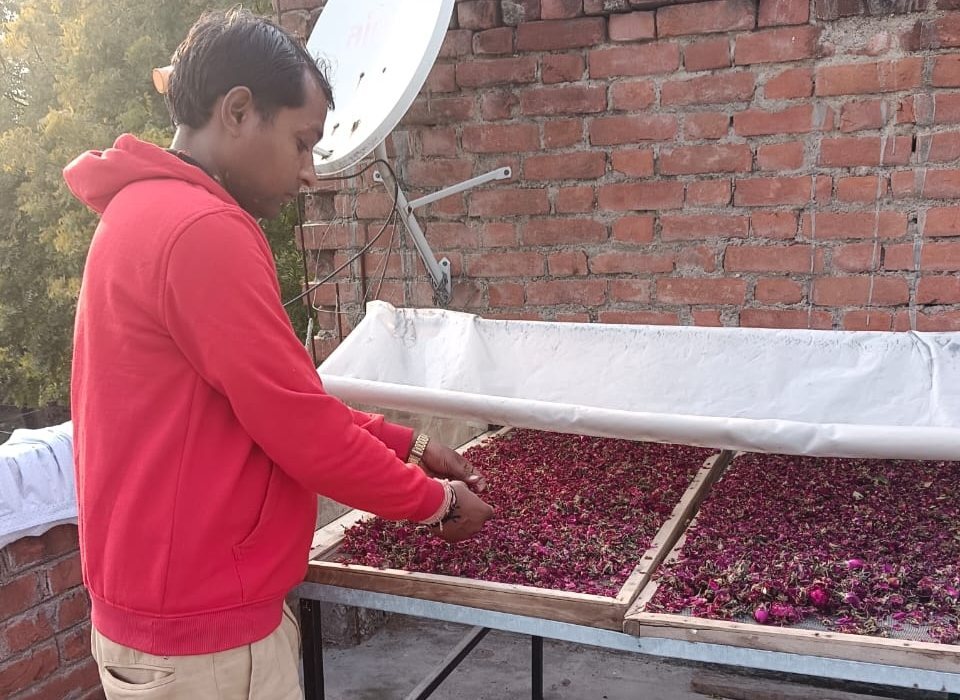 A basic 500 kg solar dryer can be built for Rs 60,000 using local materials and passive solar design.
A basic 500 kg solar dryer can be built for Rs 60,000 using local materials and passive solar design.
Open-sun drying risks dust, rain, and spoilage, while solar dryers protect product integrity and accelerate drying times to 12–15 hours
To do: Start small. Install a single polyhouse dryer and track drying cycles, operating costs, and output quality.
4. Understand the technical and financial feasibility
Research shows solar dryers can process 400–500 kg/day, replacing electric or fuel drying and reducing carbon dioxide emissions by three tons annually per dryer. Adoption barriers include awareness, financing, and technical know-how
To do: Explore micro-loans or subsidies from government schemes. Partner with self-help groups to share costs and knowledge .
5. Ensure quality and hygiene for premium pricing
Solar drying protects from dust, preserves vivid colours and essential oils that are key for products like butterfly pea, chamomile, hibiscus, and aromatic herbs . This enables farmers to tap into premium markets.
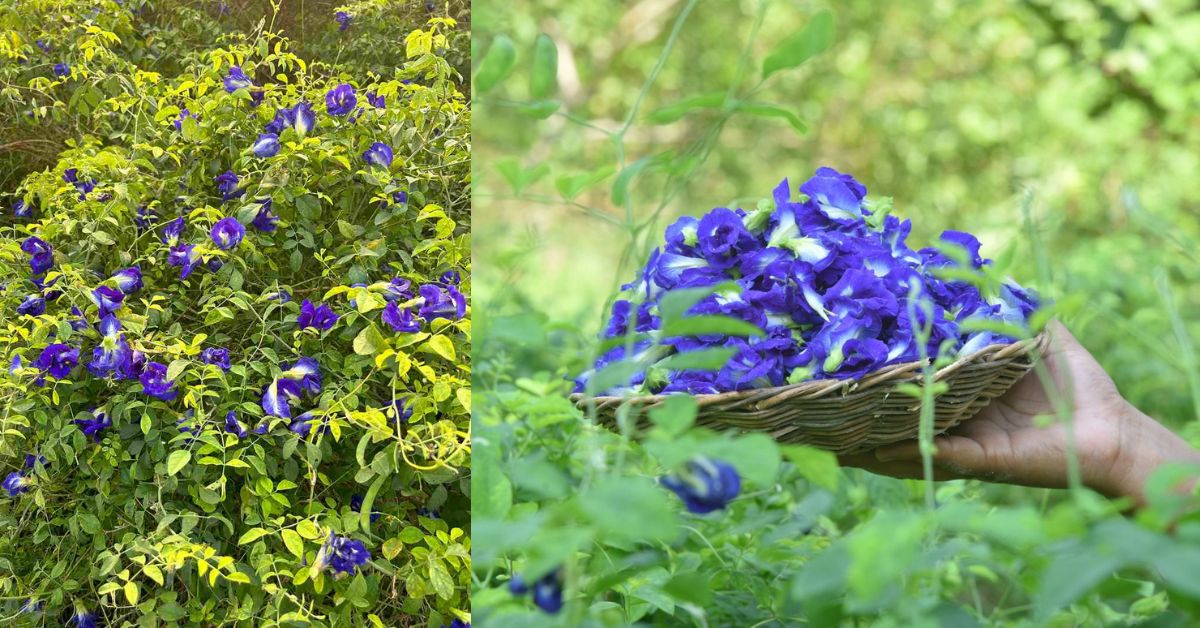 Daily cleaning and single-crop batches help farmers meet export-grade quality standards.
Daily cleaning and single-crop batches help farmers meet export-grade quality standards.
To do: Invest in basic hygiene protocols — trays cleaned daily, no mixing of crop types, and sealed packaging post-drying.
6. Build market linkages and branding
CEEW notes that solar-drying finds the most traction when supported by farmer-led coops and livelihood enterprises. Support from startups like Raheja Solar and NGOs has opened access to export and domestic retail channels .
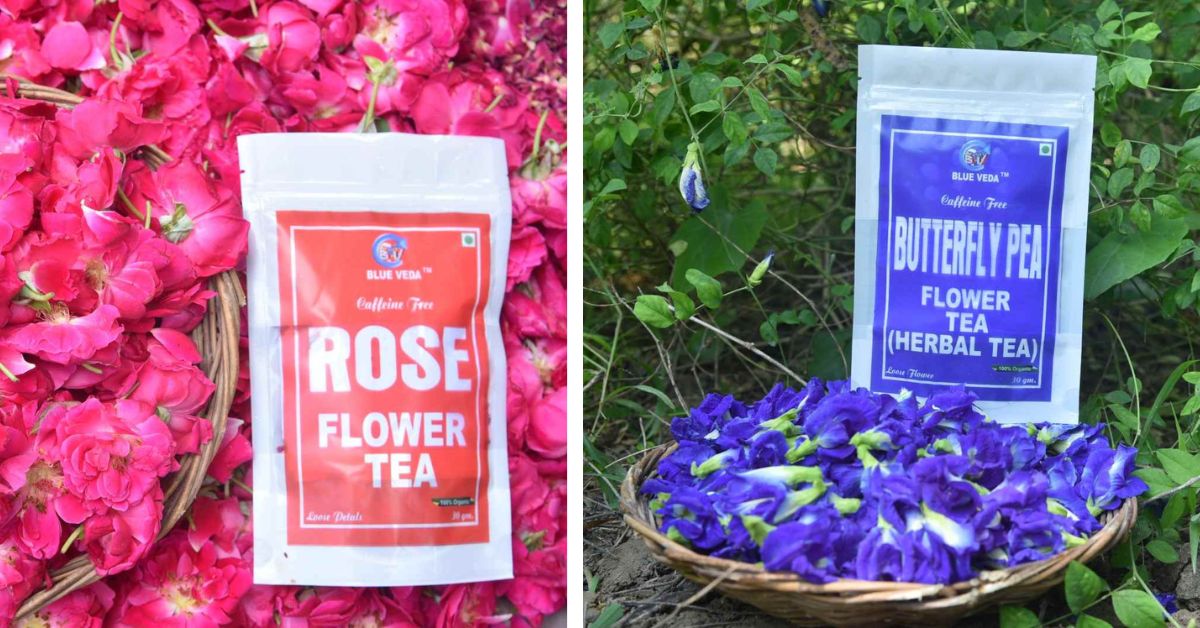 Branding and packaging matter — dried produce sells better when labelled, sealed, and story-backed.
Branding and packaging matter — dried produce sells better when labelled, sealed, and story-backed.
To do: Tie up with local SHGs or Farmers Producers Organisation for collection and quality checks. List your products on local e-commerce platforms and explore export consortia.
7. Scale wisely and diversify
Focus on one or two high-demand crops initially, then scale up as systems stabilise. Rotate with other perishable produce like turmeric, chillies, mango pulp or herbal tea blends.
To do: Track batch efficiency, costs, and revenues over time. Reinvest profits into solar dryer upgrades or additional units.
The bigger picture
This isn’t just about drying, it’s climate-smart, farmer-first innovation:
- Aligns with climate resilience and zero-carbon goals
- Empowers women-led self-help groups who often lead on floriculture
- Creates export-ready, quality produce right at the farm level
- Has the potential to transform hundreds of thousands of rural livelihoods
Here are some people who have already done it, and you can learn from them
1. Kanpur, Uttar Pradesh
In 2019, Shivraj Nishad, an ex-pharma executive, set up a solar dryer in Shekhpur village. He began with butterfly pea flowers and, by employing over 100 local farmers, now processes 20–30 tonnes annually across 15 flower varieties, earning about Rs 1 lakh per month. The solar dryer replaced traditional open-air drying, ensuring hygienic quality in just 12 to 15 hours compared to days outdoors
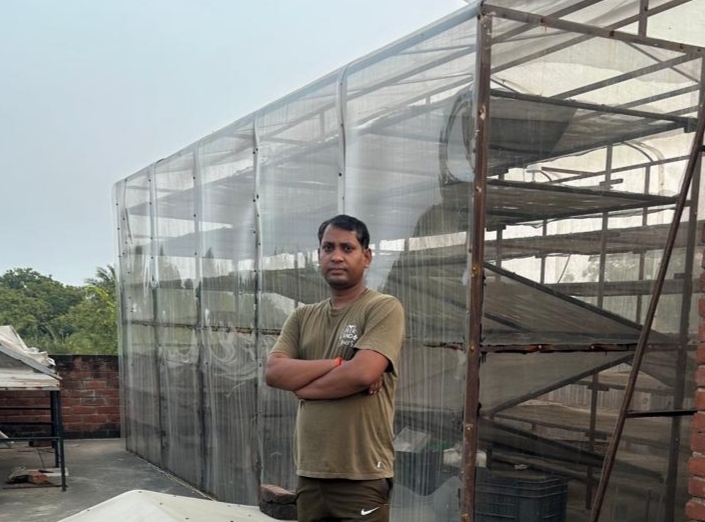 Shivraj Nishad turned 15 flower varieties into 20–30 tonnes of solar-dried produce each year.
Shivraj Nishad turned 15 flower varieties into 20–30 tonnes of solar-dried produce each year.
2. Nashik, Maharashtra
Farmers associated with Sahyadri Farms FPC installed 20 solar dryers (500 kg capacity each) with Sustain Plus support. Outputs in the past year included 5 tonnes of raisins, two tonnes of dried tomato strips, and 10 tonnes of dried onion. This shift curbed post-harvest losses and stabilised both farmer incomes and fresh produce prices.
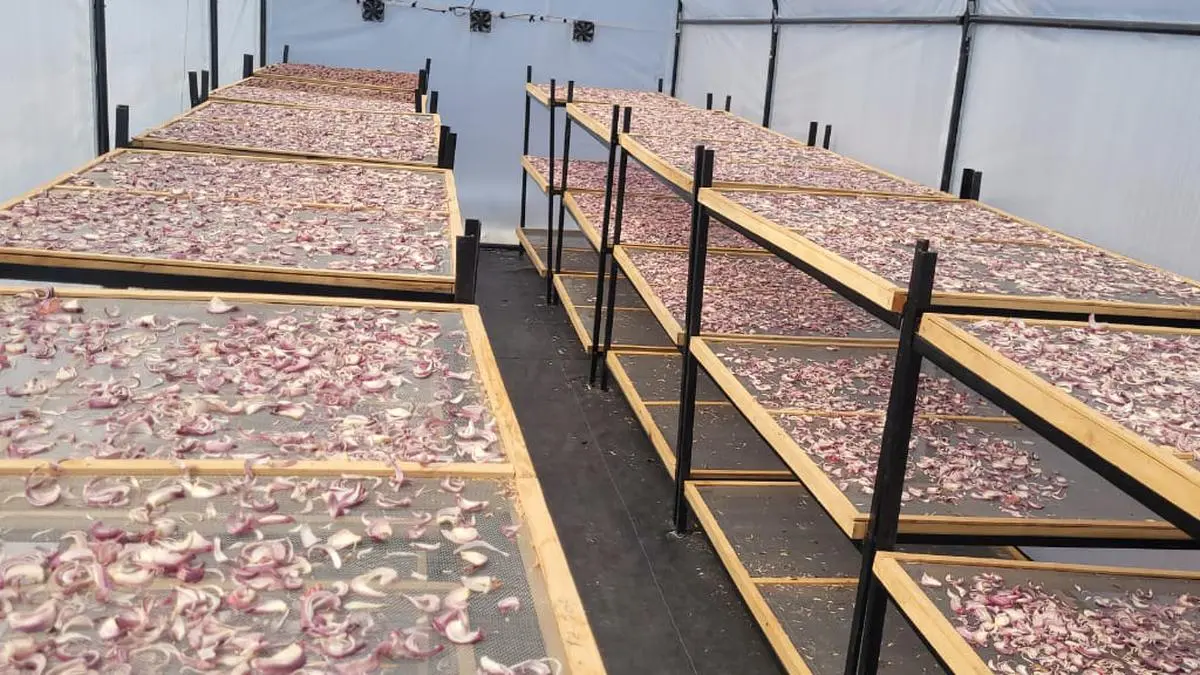 With solar dryers, Nashik farmers curbed post-harvest losses and stabilised incomes.
With solar dryers, Nashik farmers curbed post-harvest losses and stabilised incomes.
3. Pimpri (Nashik), Maharashtra
The Jadhav couple installed a solar dryer in January 2023. After losing black grape yields to rain, the dryer saved 750 kg of grapes, generating profit. They’ve since scaled to five units, processing tomatoes, onions, coriander, and fenugreek, with solar-dried raisins fetching up to five times the price of open-air dried ones.
4. Tehri Garhwal, Uttarakhand
In the Himalayas, women-led groups employed solar dryers (via Raheja Solar and Dharma Life Foundation) to preserve medicinal herbs and flowers. They protected their produce from wind and rain damage — a major improvement over open-sun drying.
News